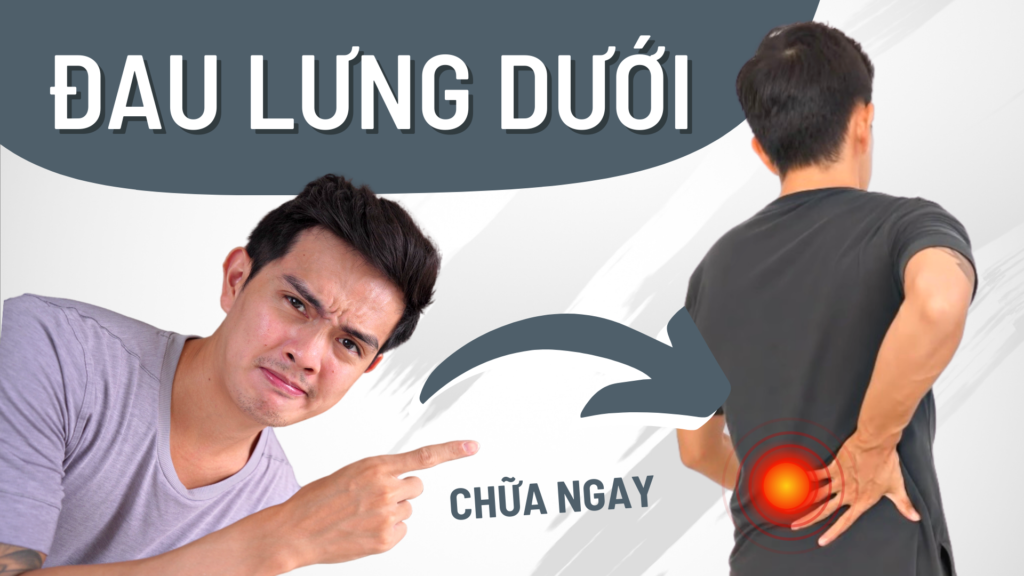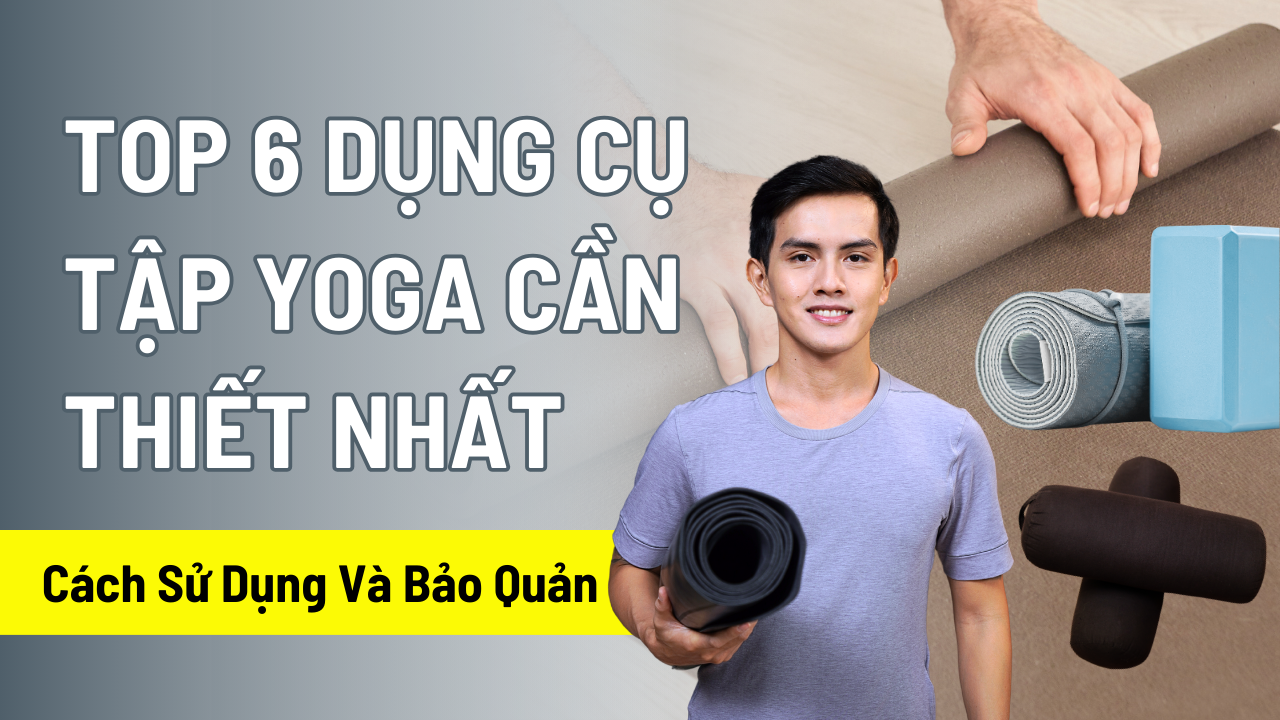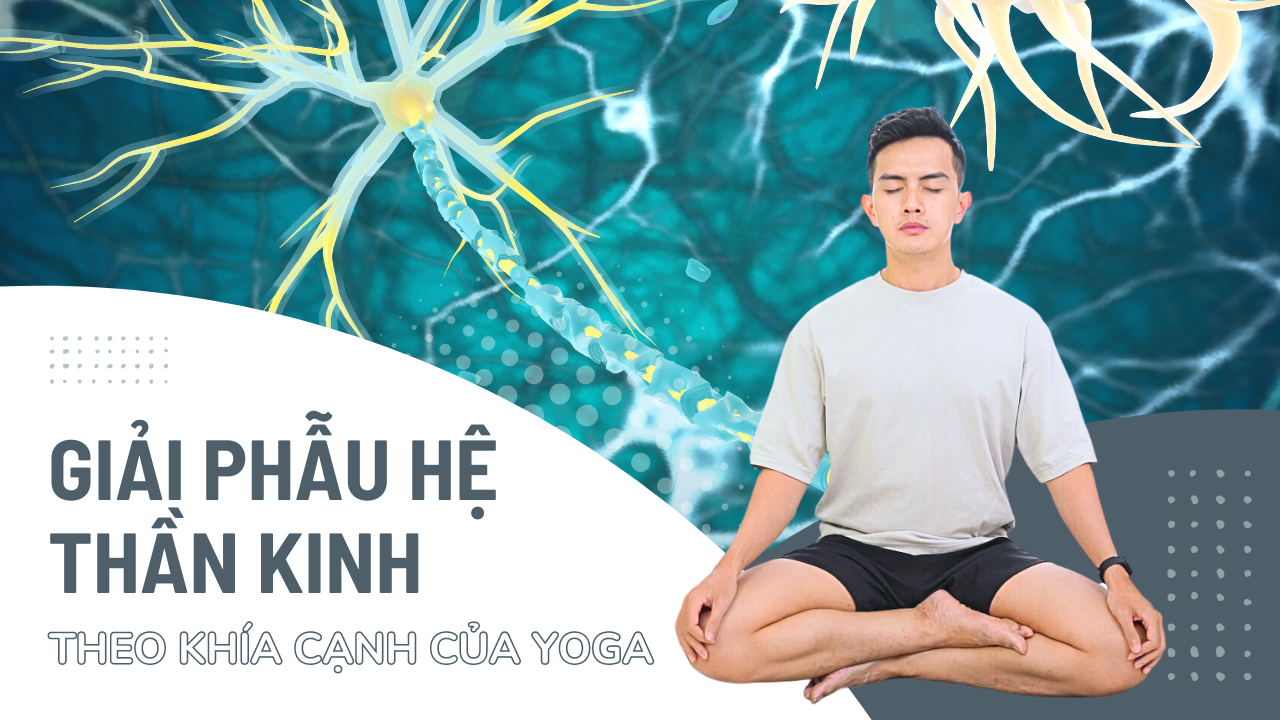In the past, lower back pain occurred mainly between the ages of 30 and 50. However, it is now also occurring in young people. So what is lower back pain, what causes so many people to suffer from lower back pain? Let's find out with Nguyen in this article!
What is lower back pain?
The lumbar spine, or lower back, is a structure made up of bones, joints, nerves, ligaments, and muscles. They work together to build strength and flexibility in the back. This complex structure consists of 5 vertebrae. From L1 to L5, and lower back pain is the damage to the vertebrae in the lumbar spine.

Symptoms of lower back pain
Any activity that involves the lower back, such as bending over, sitting for too long, or carrying heavy objects, etc. Both are potentially painful and will get better when you lie down. The pain can come on suddenly or often be dull. Or even spread to the lower parts of the foot.
Other symptoms of lower back pain include:
- Tight lower back: The lower back has difficulty moving or straightening the back. After sitting it will also take time to get up. And almost all daily activities are affected and restricted.
- Patients with posture problems: Many people with lower back pain find it difficult to stand upright, and the body is tilted to one side instead of in line with the spine.
- Muscle spasms: After a muscle strain, the muscles in the lower back may spasm or contract uncontrollably. Muscle spasms can be excruciatingly painful and can even make you unable to stand, walk, or move.

What are the causes of lower back pain?
- Bad posture habits while doing. When learning and using electronic devices such as sitting with a bent back, a hammock, a crooked side, etc.
- Sprain: Sprains are the most common cause of lower back pain. When lifting heavy objects or lifting improperly, it can damage muscles, tendons or ligaments.
- Fracture: The bones in the spine can be broken in an accident. Like a car accident or a fall while playing sports or another unwanted situation. Besides, there are some problems such as spondylolisthesis or osteoporosis that also increase the risk of fracture.
- Disc problems: The disc can move out of place in the spine and press on a nerve. In addition, as we age, the discs also tend to weaken, leading to lower back pain.
- Sciatica: Sciatica can occur if the disc presses on the sciatic nerve. The sciatic nerve connects the spine to the legs. As a result, sciatica can cause leg and foot pain. This pain often feels like a pins and needles.
- Arthritis: Osteoarthritis is the most common type of arthritis that causes lower back pain and stiffness in the spine.
- Other diseases not related to bones and joints: Spinal tumors, infections, and certain types of cancer can cause back pain. Especially kidney and bladder problems, pregnancy, ovarian cysts, uterine fibroids, etc.
Is lower back pain dangerous?
Lower back pain has different grades such as acute, subacute, and chronic. When suffering from acute, subacute. It only suffers from mild to moderate lower back pain and does not have a big impact or complication on other health problems.
But if the patient is in chronic level. It will adversely affect the health and spirit of the whole body, worse than the difficulty in walking, causing daily life to stagnate.
How to relieve lower back pain at home
Note: These reduction methods will be useful in the first 72 hours. If the pain doesn't improve after 72 hours of home treatment, you should see a doctor, or see a doctor who specializes in lower back pain!
And here are the basic ways to treat lower back pain at home:
- Stop strenuous activities and limit your movement for a few days. Combined with the RICE method – rest, ice, compression, and elevation of the back pain.
- During rest, lying on your back can be more uncomfortable. So lie on your side, bend your knees, and put a pillow between your legs. If you can lie on your back without too much pain, place a pillow or rolled towel under your thighs to relieve pressure on the lower back.
- A warm bath or massage can often help relax tight and tight muscles in the back.
- Take pain relievers.
- If you have to sit to work, you can use an ergonomic chair to relieve back pain.
- Practice safe and gentle exercises specializing in reducing lower back pain such as yoga, physiotherapy, etc. Guided by reputable sources.
3 yoga moves to relieve lower back pain at home
1. Cat and Cow Yoga Pose


Guide: Support your hands and knees shoulder width apart. Knees and hips keep in a straight line. Wrists and shoulders are also kept in a straight line, and the back is kept in a neutral position.
Inhale – push your belly and chest down, create a curve in your back, gently lift your chin.
Then, as you exhale, curl your back upward, drawing your chin toward your chest.
And so repeat 5 times in this position will help your back more flexible.
Note if you feel back pain or discomfort when pushing your chest down. Then you should just bend down slightly, not try too deep.
2. Standing posture stretches the spine


Guide: Stand straight, feet shoulder width apart. Then interlace your palms, inhale, reach your arms slightly above your head, lengthen your spine upward, hold 5 deep and slow breaths.
This movement helps to stretch the back vertebrae, muscles and ligaments, prevent degeneration and herniated discs.
3. Yoga postures squeeze the muscles connecting the pelvis and waist


Guide: Stand with your right foot in front and take a long step back with your left foot. Then press your groin deep down, then reach your arms up and slowly lower your right hand to the floor to stretch the muscle connecting the pelvis and back on the left side.
Breathe deeply and slowly, holding for 5 breaths, do the same with the other side.
Nguyen hopes that the above sharing will be effective and useful for you. Besides, there are also many articles on health and yoga therapy at Nguyen Yoga websitePlease follow and wait with Nguyen!
You can refer to many other useful videos here
References
https://my.clevelandclinic.org/health/diseases/7936-lower-back-pain#:~:text=Lower%20back%20pain%20is%20very,rest%2C%20physical%20therapy%20and%20medication.
https://www.webmd.com/back-pain/ss/slideshow-low-back-pain-overview
https://www.healthline.com/health/low-back-pain-acute



